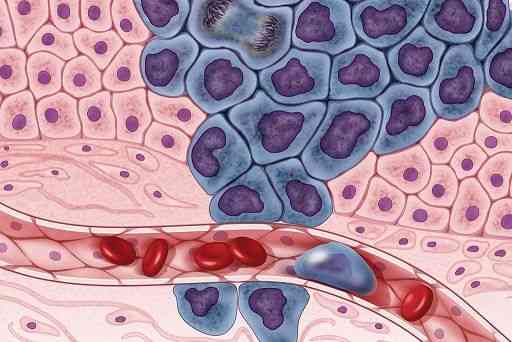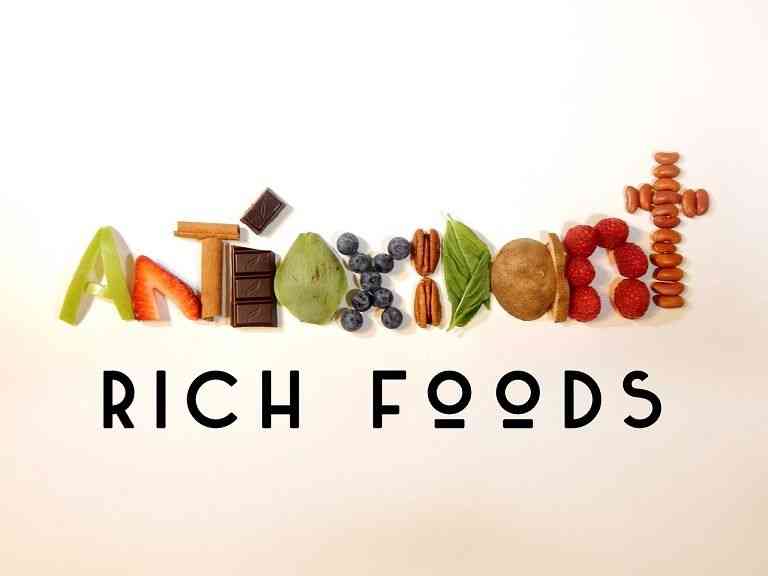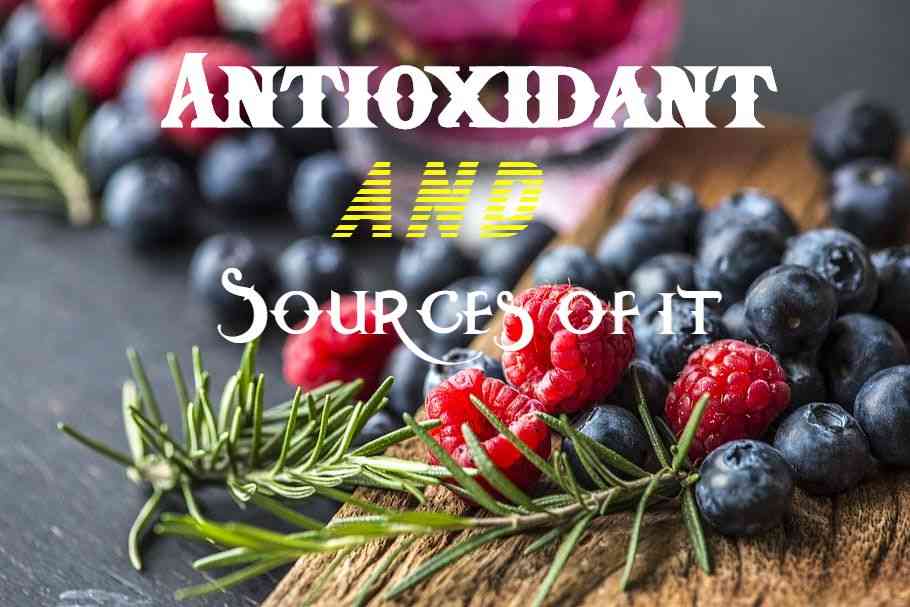Antioxidants are mainly chemical compounds that inhibit oxidation. Now, comes the point oxidation. What's that? Oxidation refers the loss of electrons during a reaction by molecule, atom, and ion. So, let's look at the recap:
Recap:
- How oxidation harms our body?
- The effects of free radicals.
- Sources of Antioxidants.
How oxidation harms our body?
Ans:
Oxidation is a type of chemical reaction that can produce free radicals. And, you know free radicals can lead chain reactions that may damage the cells of organisms. It mainly occurs when there's an imbalance between the activity of free radicals and antioxidants. However, the damage that occurs by an overload of free radicals may lead to certain diseases, including cancer, liver disease, heart disease etc. For better understanding:
Oxidation -> Oxygen is metabolized -> Creates unstable molecules (Free radicals) -> Free radicals take electrons from other molecules -> Causing damage to cells.
The Effects of Free Radicals:

The effects of free radical don't happen at overnight. Free radical process is ongoing. Problems occur when there is an imbalance between free radicals activity and antioxidants activity. The process of destroying cells sudden makes lot of health diseases in body. Let's see what they are:
- Cancer
- Diabetes
- High blood pressure
- Hardening of the blood vessels
- Heart diseases
- Liver diseases
- Arthritis
- Deterioration of the eyes
- Damage cell DNA etc
Source of Antioxidants:

"Antioxidant" does not mean of just a substance but rather it describes what a range of substances can do.
- vitamin A – liver, sweet potatoes, carrots, milk, and egg yolks
- vitamin C – oranges, blackcurrants, kiwifruit, mangoes, broccoli, spinach, capsicum and strawberries
- vitamin E – vegetable oils (such as wheatgerm oil), avocados, nuts, seeds and whole grains
- zinc – seafood, lean meat, milk and nuts
- allium sulphur compounds – leeks, onions and garlic
- anthocyanins – eggplant, grapes and berries
- beta-carotene – pumpkin, mangoes, apricots, carrots, spinach and parsley
- copper – seafood, lean meat, milk and nuts
- indoles – cruciferous vegetables such as broccoli, cabbage and cauliflower
- isoflavonoids – soybeans, tofu, lentils, peas and milk
- lignans – sesame seeds, bran, whole grains and vegetables
- manganese – seafood, lean meat, milk and nuts
- zoochemicals – red meat, offal and fish. Also derived from the plants that animals eat.
- flavonoids – tea, green tea, citrus fruits,onion and apples
Please consider subscribing to our weekly newsletter.


